Estimated reading time: 5 minutes
As growers of mainly deciduous fruit, we find subtropical and tropical fruit trees very exotic.
Mango, papaya, custard apples, mmm…
Where can you grow subtropical fruit?
We live in Victoria, one of the southern states of Australia. Our climate is temperate and we have cold winters. Where we live, fruit like apples, pears, and peaches are our staples. They grow easily in our climate.
We occasionally get access to subtropical fruits in our local organic shop, and when we do they’re a fabulous treat. However, many subtropical fruits are either rare or completely unavailable in our part of the world.
Choosing the right fruit to grow at your place depends a lot on your climate. But we’ve always resisted the idea that your climate zone should limit what you grow.
Expert subtropical fruit growers
We were pretty excited to connect with the knowledgeable folk at Daley’s plant nursery. They specialise in sub-tropical and low-chill fruit trees, but they also grow a lot of fruit trees that will grow just fine in a more temperate climate like ours.
The nursery is run by Greg Daley, his two brothers, and his nephew Correy. We’ve been following Daleys for ages. We’re often on their website, drooling over all the delicious things we wish we could grow. It’s hard not to get excited about the possibilities of new fruit trees.
Having made a connection with Daleys, we were delighted that Greg’s son Paul, along with Andre Madeira from the nursery agreed to present this Masterclass on subtropicals for us.
How do subtropical fruit trees grow?
It’s one thing to hear and read about fruits you’re unfamiliar with. It’s another thing to actually see the trees growing, so we headed to Daleys for a visit.
We were lucky that Paul was available to give us a tour of the beautiful gardens that make up the nursery business.
Carambola (starfruit), Mexican Cream guava, lychees…
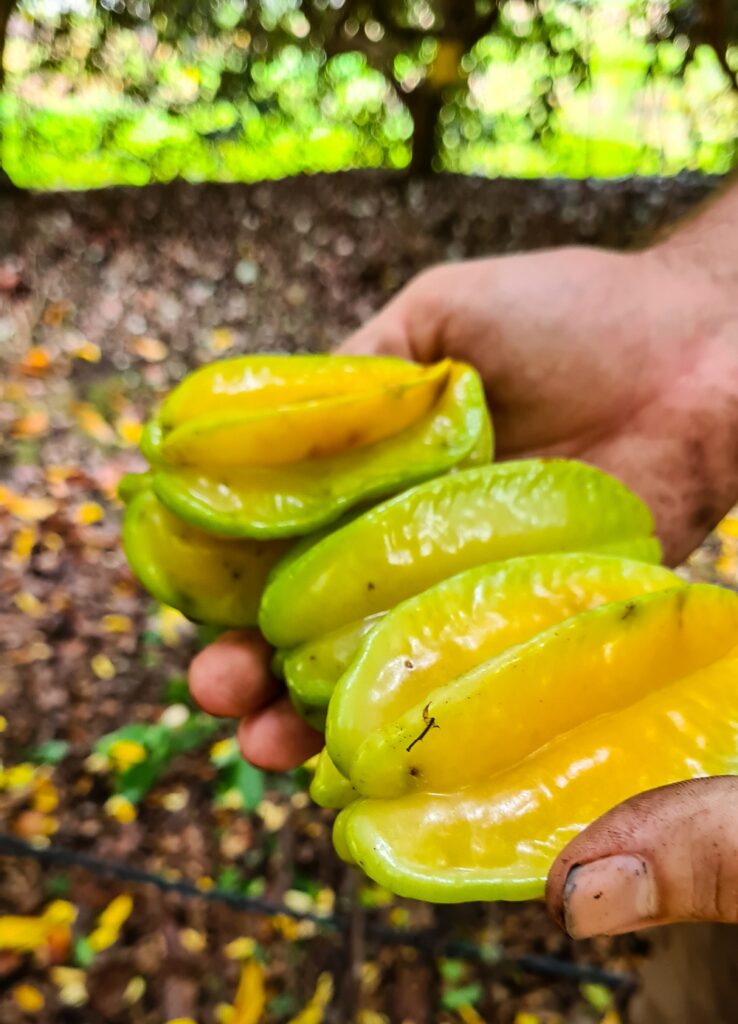
Paul grew up at the nursery and the place feels very much like home to him. His knowledge was obvious as he talked about the trees, the fruit, and the environment during our walk. It was so fantastic to spend time with him and be able to ask lots of questions.
Peanut butter fruit, amla, phalsa, bayberry, Brazilian cherry…
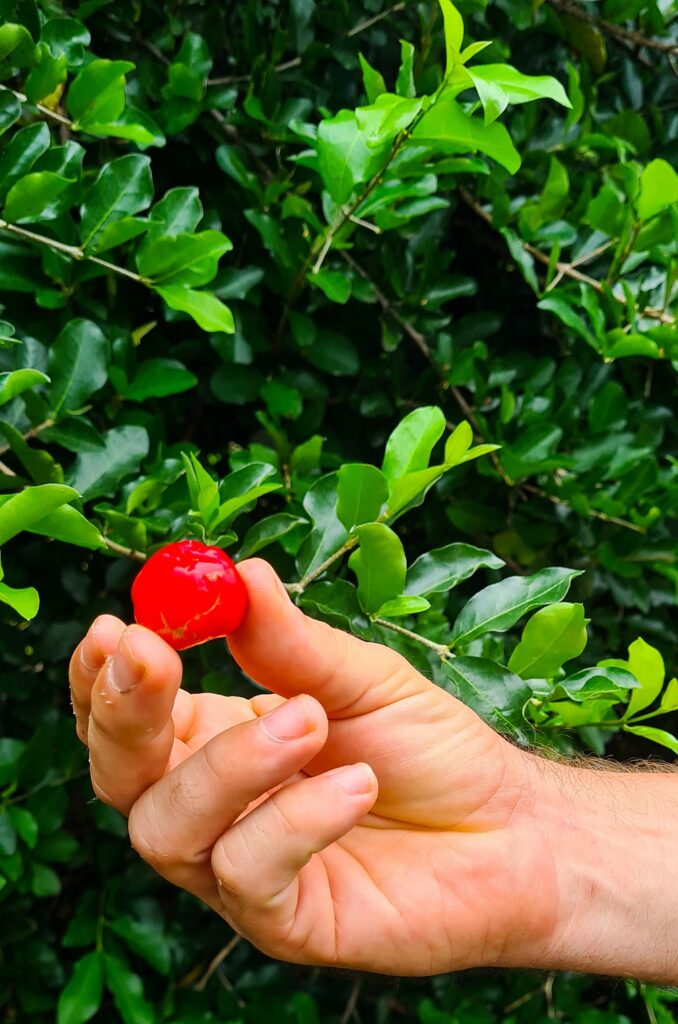
Seeing fruit trees in person gives you a much better idea of the size and form of the trees. It’s easier to imagine how, and where, they might fit into your garden.
We were also fortunate that on the day we visited a lot of the fruits were in season, so we got to taste lots of them straight off the tree.
Jambolan plum, coconut, miracle fruit…
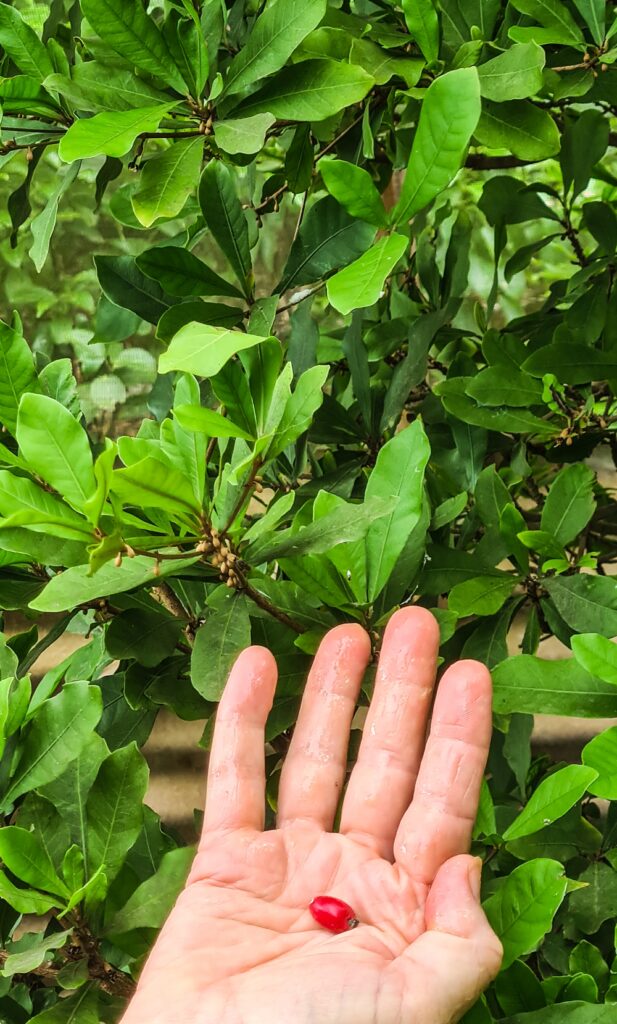
Which subtropical fruits grow outside the tropics?
Tamarillo, Acerola cherry, jackfruit, coffee…
Some of those names are probably familiar to you, and you may already grow them. If you live in the subtropics (like many of our Grow Great Fruit members) the situation may be reversed – you may even think our “ordinary” deciduous fruits are exotic!
Even in our harsh Victorian climate, we can grow quite a lot of fruit trees that are often included in the subtropical category.
Avocados, macadamias, loquat, mulberry, tamarillos, pecans, passionfruit, figs, persimmon, and finger limes all grow relatively easily if you can protect them from frost.

But our very arid environment in central Victoria is both too hot and too cold for many subtropicals. We wouldn’t have a hope of growing them.
Or … would we?
Seeing Daleys nursery in person certainly got us thinking about how far we might be able to push the micro-climate envelope on our farm.
We’re always adding new trees to the garden, and we’d love to have a go at creating the right environment to grow some of these amazing fruits.
We’re currently plotting how to build a rather large greenhouse…
Related Articles
How to tell fruit buds from leaf buds
Understanding the difference between fruit buds and leaf buds on your fruit tree makes everything else about fruit growing easier.
Will subtropical fruit trees work in your garden?
A lot of subtropical fruit comes from indigenous forest cultures, but that doesn’t mean you can’t grow it in your backyard.
Animals, fruit trees, and electric fences
Animals and fruit trees go well together if you can figure out how to enjoy the benefits without the animals doing too much damage.
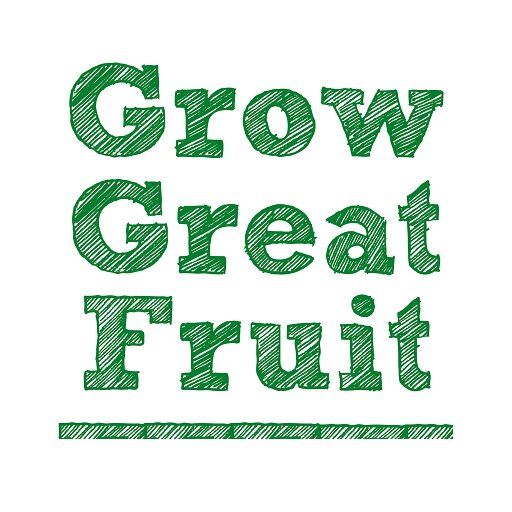
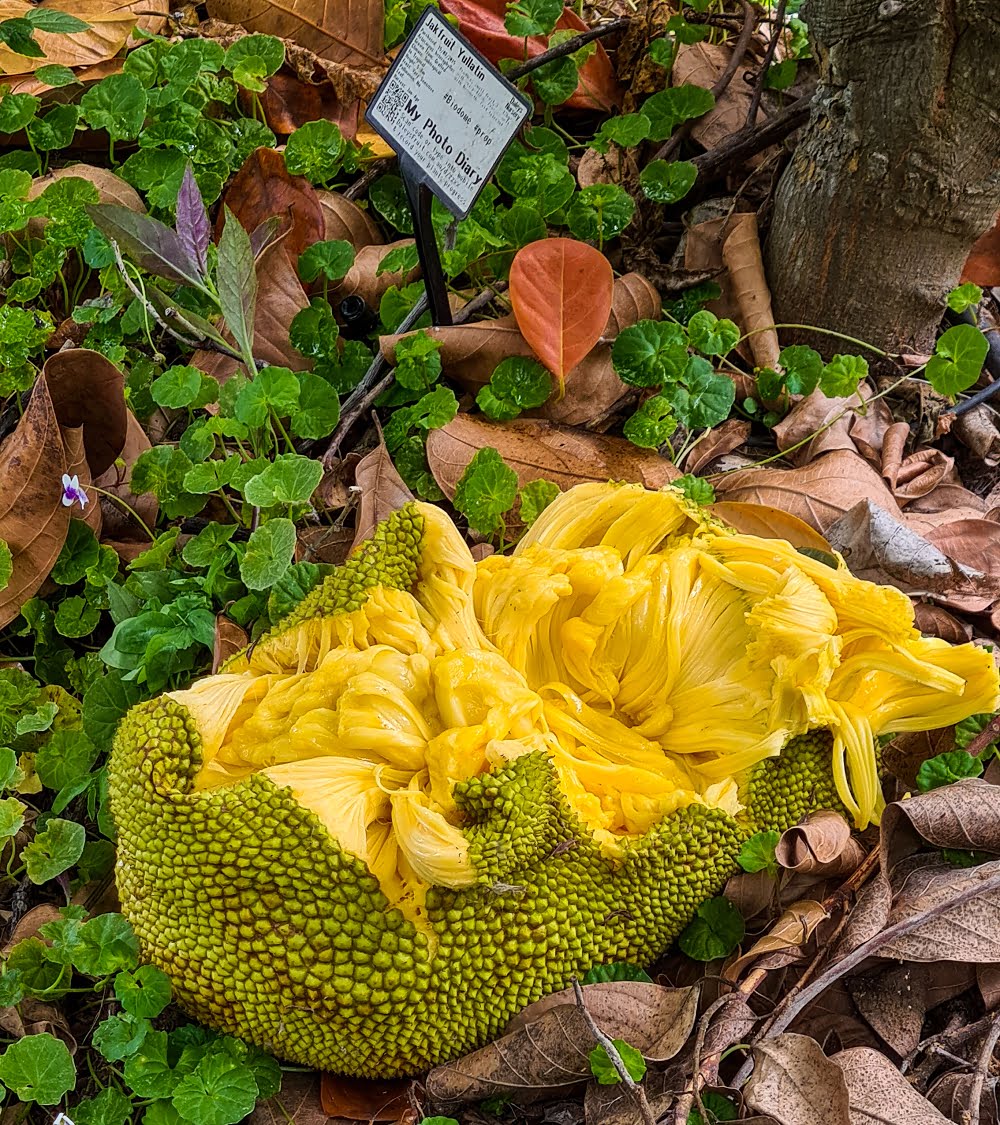
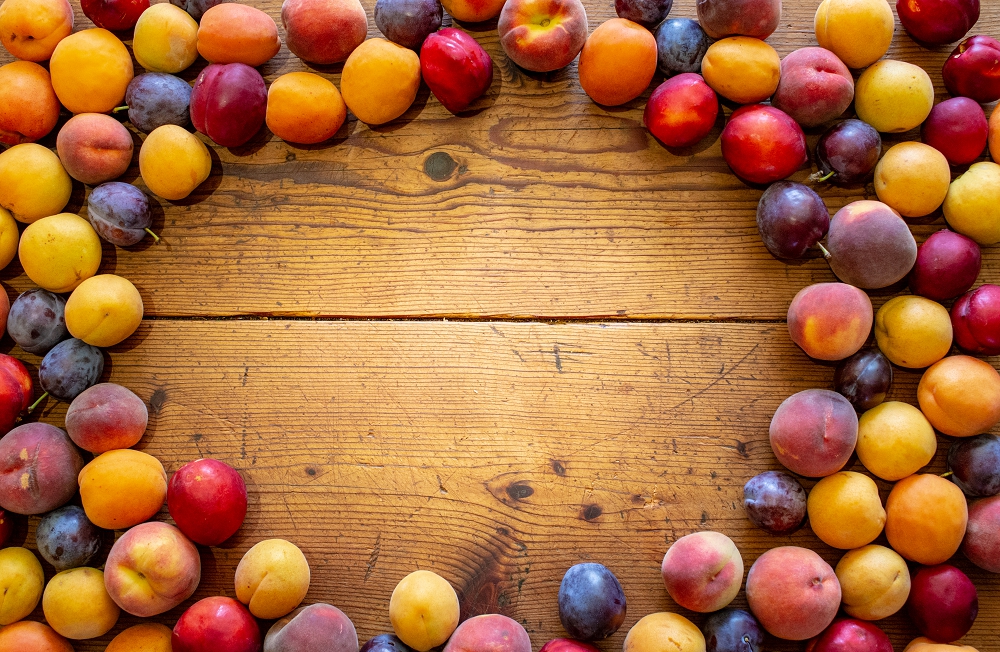
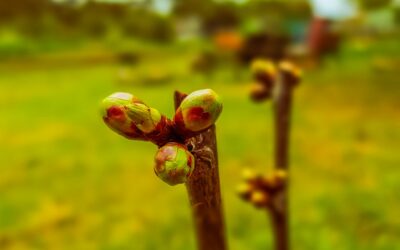
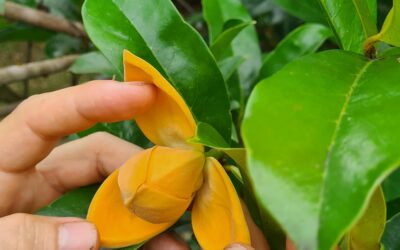
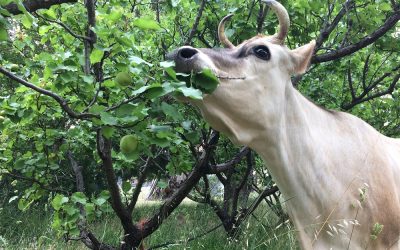
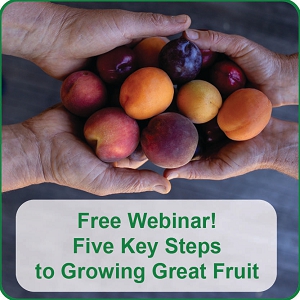
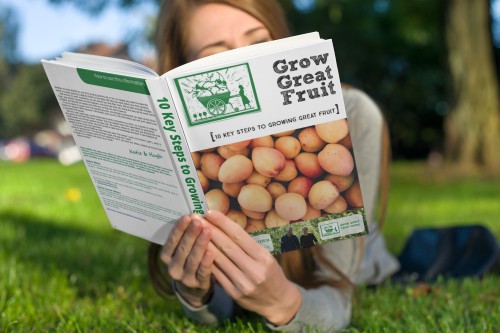
I live in Penrith NSW BOM shows light blue color so we are in a temperate zone.
I have growing 3 red papaya trees. I am hoping the tall shrub next to them will give them frost protection on the other side of them is a well-established macadamia nut tree I am able to keep the marraya shrub trimmed well around the middle the sun shines well on two of the papaya trees 1 of the papaya trees was shaded for a while I cut the shading branches back and the canopy of the marraya shrub reaches over the all papaya trees at the moment and the trees are growing & looking healthy. I am experimenting with these 3 and I really hoping they will fruit, the trees sprung up from compost I buried. What other advice do you think I need 🙂 thanks
Hi Rose, this sounds pretty excellent so far, well done! Fruit trees for free out of the compost is always a good start, but one of the questions we’ll ask the Daleys in the upcoming masterclass is whether seedling trees (that grow from seeds in the compost) are likely to fruit as well as grafted trees. Watch out for the upcoming masterclass (and let us know if you have any other specific questions).
Hi Guys
I want to grow a fruit tree but the area is near our water pipes ( approx 1.5m away )
Do you have any recommendations?
We live in the Sunshine Coast hinterland
Thanks
Hi Rachel, If you have modern pipes it’s unlikely to be a problem, if what you are worried about is the tree somehow damaging the pipes – it could be a problem in much older suburbs where some of the underground infrastructure is made from more susceptible materials but generally a fruit tree wouldn’t cause damage. Plant away – now you just need to choose what to plant! Meg – GGF team.
Jackfruits are my absolute favorite but I live in Victoria near the otways. It would be my dream to be able to grow one in my climate. Maybe I’ll build a greenhouse just for it.
Hi,
I’m considering planting some papaya and mango trees in my yard. Currently live in a tropical climate where these trees thrive. My question is though, should I be concerned about planting these trees in close proximity to my house and pool, ie are the roots invasive and damaging to water pipes ?
Hi Joseph,
Generally trees do damage if pipes are really old. Mostly, modern pipes won’t have these problems. Papaya roots also aren’t particularly invasive, so probably wouldn’t let that be a barrier to planting the trees you want to grow 🙂 Good luck, Meg – GGF team.
Hi There . I leave at Queensland . Planted avocado tree from seed 3-4 year ago. It has developed well ad grown 2m .
This Sumer lost all leafs but I couldn’t see any bugs that attacking it. Leafs would start getting brown around side till fell dawn . In last month I just sow new buts and baby leafs coming a lot but even new leafs have started brown dry edge . Please help me to save this tree .